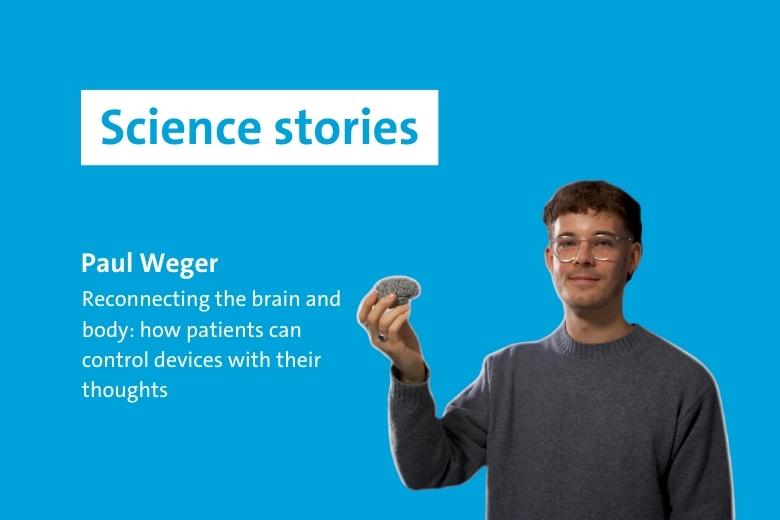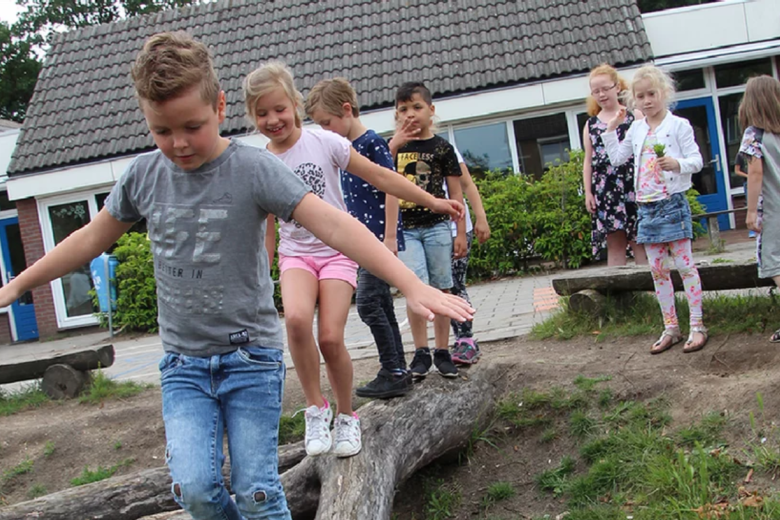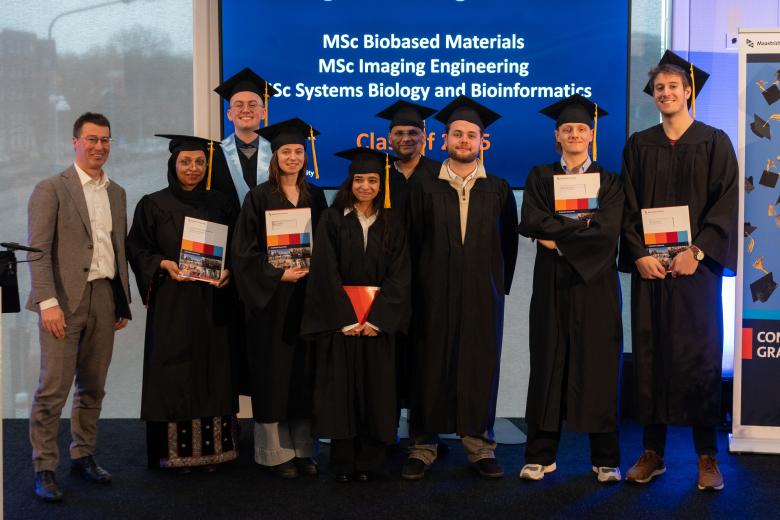First patient with rare muscle disease treated with own stem cells
Maastricht UMC+ has treated its first patient with stem cell therapy for a rare muscle disease. This approach offers new hope for patients for whom a cure has been impossible until now. Thanks to a European Interreg grant of 4.5 million euros, a new study will start this month to further test and develop the treatment.
Patients with a genetic abnormality in their mitochondria (the powerhouses of our cells) often suffer from weak muscles and extreme fatigue in their daily lives. Professor Bert Smeets (GROW, MHeNs) and his team are investigating whether stem cells from the patient's own body can improve these muscle symptoms. In the first study in patients, Smeets already demonstrated that the administration of these cells is safe and has no dangerous side effects. The first patient has now been treated in a larger study, and an increase in muscle strength was measured. The follow-up study will determine whether this positive development also occurs in other patients and leads to a noticeable improvement in muscle strength.
Own cells
The treatment uses the patients' own healthy cells. "These patients often have stem cells in which the mitochondria function properly," explains Smeets. "We extract these healthy stem cells from a muscle biopsy and multiply them in the laboratory. We then return a large quantity of healthy cells to the muscles via the bloodstream. There, the cells get to work and produce muscle fibres, which can increase muscle strength and reduce fatigue." Because these are the body's own cells, the risk of rejection is minimal.
Further development
In addition to researching effectiveness, Smeets is focusing on further development of the technology behind the treatment. Thanks to funding from the Interreg Euregio Meuse-Rhine programme, he is working in an international consortium on new methods to grow large quantities of healthy stem cells more quickly and efficiently. He is also investigating ways to make the stem cells even more potent, so that they can make a greater contribution to muscle regeneration.
More patient groups
If the therapy proves successful, it could also be valuable for other groups struggling with loss of muscle mass and muscle strength. Think of elderly people who are becoming less mobile due to muscle loss, or cancer patients who suffer from cachexia, severe muscle wasting due to illness. "For all these people, improving muscle strength means greater independence and a better quality of life," says Smeets.
This article was previously published on the Maastricht UMC+ website.
Also read
-
Reconnecting the brain and body: how to control devices with your thoughts
Can you control a robotic arm with your thoughts? Paul Weger (MHeNs) studies this to give back independence to patients with neurological conditions.
-
Green school playgrounds boost concentration and wellbeing
Children at schools with green playgrounds are better able to concentrate and display more social behaviour. This is the conclusion of a follow-up study within the long-running project The Healthy Primary School of the Future .
-
Ron Heeren appointed fellow of the Netherlands Academy of Engineering
Professor Ron Heeren, distinguished university professor at Maastricht University (UM) and director of the Maastricht MultiModal Molecular Imaging Institute (M4i), was appointed as a fellow of the Netherlands Academy of Engineering (NAE) on Thursday 11 December.